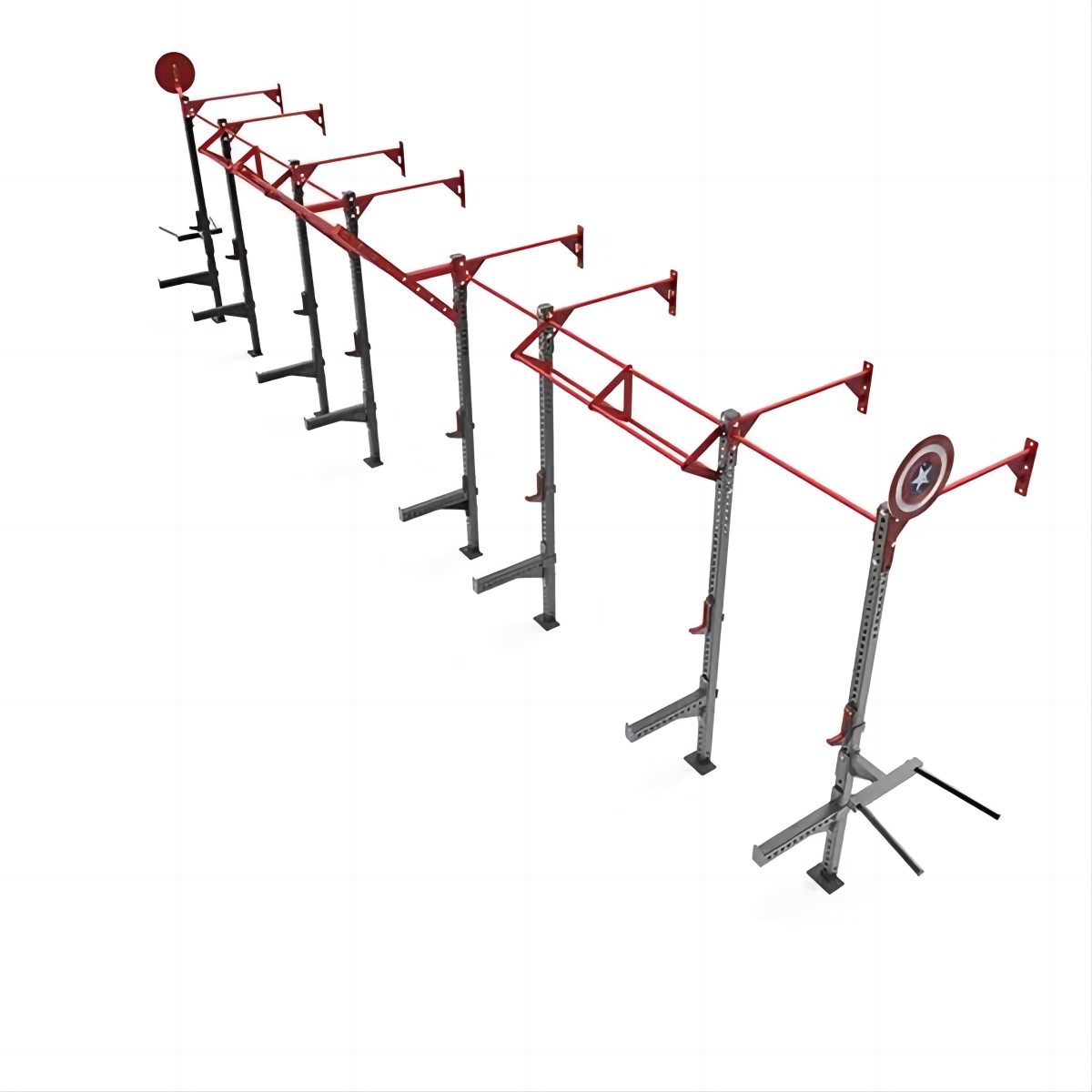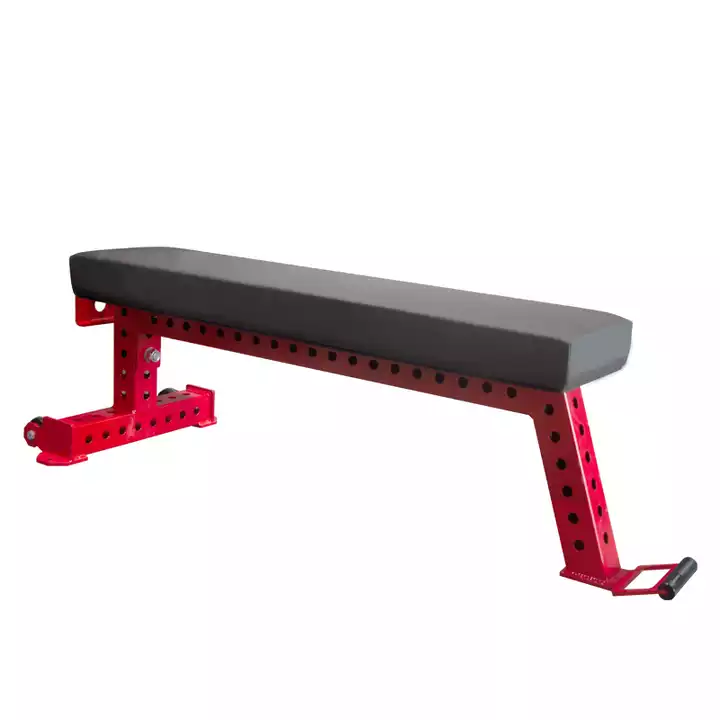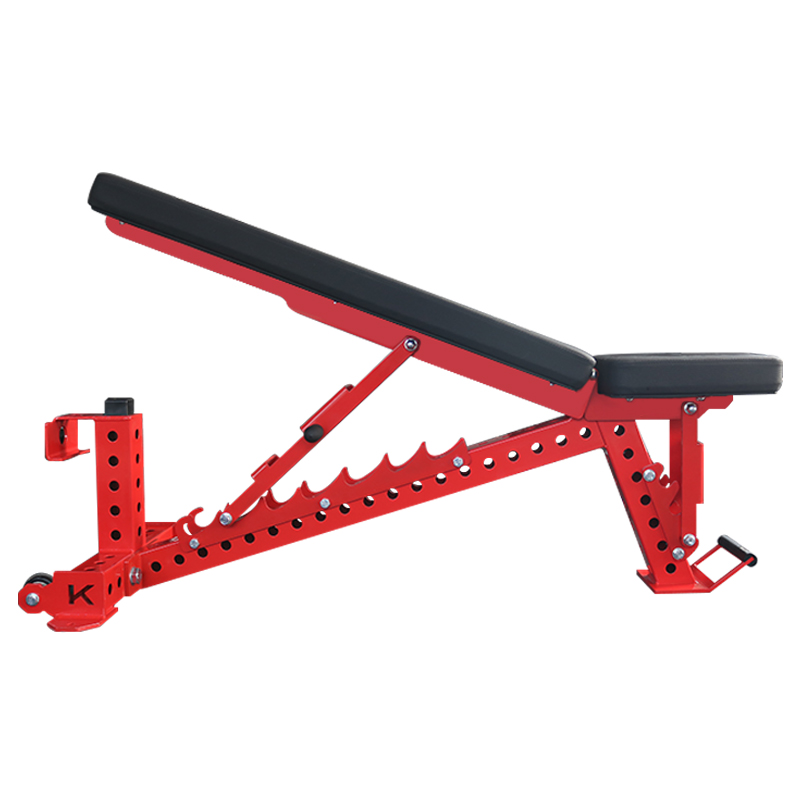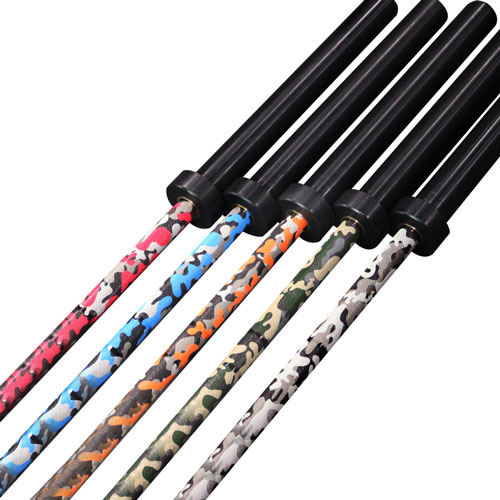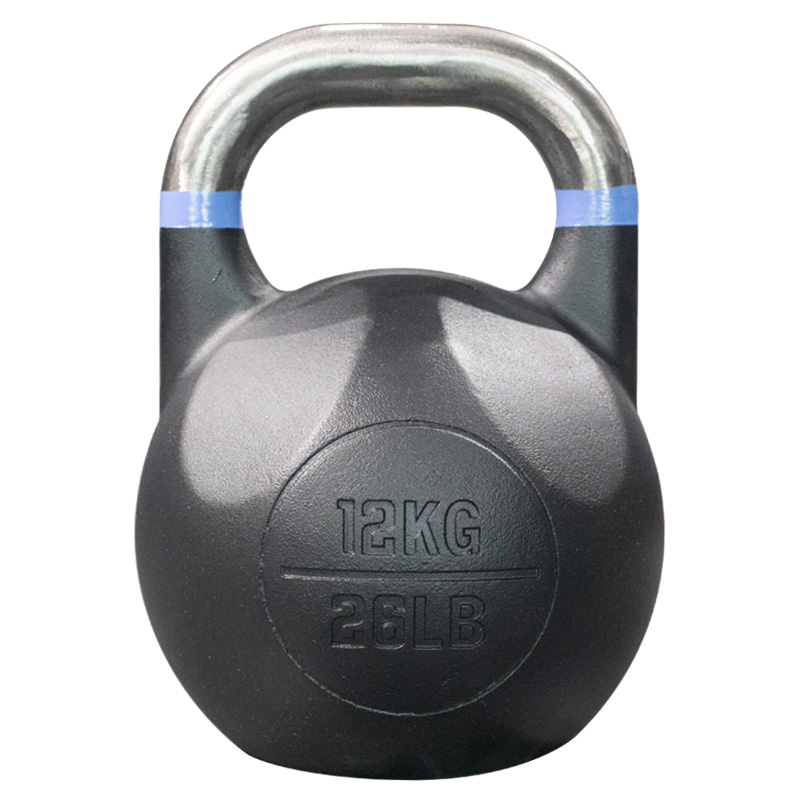How to Properly Use a Curl Bar
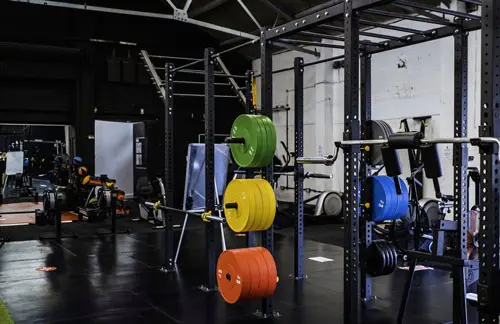
Incorporating proper form into your fitness routine is paramount, ensuring optimal results and minimizing injury risk. This blog post delves into the intricacies of using a curl bar effectively, exploring its benefits, selecting the right equipment, maintaining correct grip and posture, executing the curl motion flawlessly, programming curl bar exercises, addressing safety considerations, and troubleshooting common mistakes.
1. Fitness Goals
Understanding your fitness goals is crucial when deciding whether to incorporate curl bar exercises into your routine. Whether you aim to build muscle, improve upper body strength, or enhance functional movements, curl bar exercises can be a valuable addition to your workout regimen.
Selecting the Right Curl Bar and Weight
Types of Curl Bars
- Straight Curl Bar: Ideal for standard barbell curls and isolation exercises. It provides a straightforward grip and is suitable for beginners and advanced lifters alike.
- EZ-Curl Bar: Ergonomically designed with a curved shape, reducing wrist strain and allowing for a more natural grip. This bar is particularly beneficial for those with wrist issues or those looking to target specific muscle groups.
- Olympic Curl Bar: Features a thicker diameter and longer length, ideal for Olympic weightlifting and heavy lifting. This bar is designed for advanced lifters who require a more robust and durable option.
Factors to Consider When Choosing a Weight
- Fitness Level: Beginners should start with a weight that allows for 12-15 repetitions with good form. Gradually increase the weight as your strength improves.
- Goals: For muscle growth, select a weight that challenges you while maintaining proper form. If your goal is endurance, opt for lighter weights with higher repetitions.
- Experience: Experienced lifters can gradually increase weight to promote continued progress. It's essential to listen to your body and avoid overloading to prevent injury.
Correct Grip and Posture
Optimal Hand Positioning and Spacing
- Neutral Grip: Palms facing forward, shoulder-width apart. This grip is ideal for standard curls and targets the biceps effectively.
- Wide Grip: Palms facing forward, hands wider than shoulder-width apart. This grip emphasizes the outer head of the biceps and can help develop a broader muscle appearance.
- Narrow Grip: Palms facing forward, hands closer together than shoulder-width apart. This grip targets the inner head of the biceps and can help create a peak in the muscle.
Importance of Posture
- Neutral Spine: Keep your spine straight, avoiding excessive arching or rounding. Proper spinal alignment reduces the risk of lower back injuries.
- Chest Up: Keep your chest lifted and your shoulders back. This posture ensures proper engagement of the upper body muscles and prevents strain on the shoulders.
- Elbows Tucked In: Keep your elbows close to your body throughout the movement. This technique ensures that the biceps are fully engaged and reduces the risk of shoulder strain.
Step-by-Step Grip Setup
- Grasp the curl bar with your desired grip.
- Position your hands shoulder-width apart.
- Ensure your wrists are straight and your forearms are perpendicular to the floor.
The Curl Motion
Engaging the Correct Muscles
- Biceps Brachii: Primary muscle targeted, responsible for flexing the elbow. This muscle is the main focus of curl bar exercises and is essential for upper body strength.
- Brachialis: Assists the biceps in elbow flexion. This muscle lies beneath the biceps and contributes to overall arm thickness.
- Forearms: Secondary muscles involved in grip and wrist stability. Strong forearms are crucial for maintaining a firm grip on the bar and preventing wrist injuries.
Maintaining a Smooth and Controlled Movement
- Starting Position: Start with the bar resting at your shoulders, palms facing forward. Ensure your elbows are close to your body and your upper arms are stationary.
- Curl: Slowly curl the bar upwards, keeping your elbows tucked in and your upper arms stationary. Focus on contracting the biceps throughout the movement.
- Peak Contraction: Hold the contraction at the top of the movement for a moment. This pause maximizes muscle engagement and promotes muscle growth.
- Lower: Slowly lower the bar back to the starting position. Avoid dropping the weight quickly, as this can lead to muscle strain and reduced effectiveness.
Common Mistakes to Avoid
- Swinging: Avoid using momentum to lift the weight, focusing on controlled muscle contraction. Swinging the bar reduces the effectiveness of the exercise and increases the risk of injury.
- Over-Curling: Don't curl the bar past your shoulders, as this can strain your biceps tendon. Keep the movement controlled and within a safe range of motion.
Variations of the Curl
Different Types of Curls
- Hammer Curls: Palms facing inward, targeting the brachialis and forearms. This variation is excellent for developing forearm strength and adding thickness to the arms.
- Preacher Curls: Performed on a specialized bench, isolating the biceps. This exercise eliminates momentum and ensures maximum bicep engagement.
- Concentration Curls: Single-arm curl with the elbow supported on a bench, emphasizing the peak bicep contraction. This variation is ideal for targeting the biceps' peak and improving muscle definition.
Benefits and Target Muscle Groups
| Curl Variation | Benefits | Target Muscle Groups |
|---|---|---|
| Barbell Curls | Increased bicep strength and mass. This exercise is a staple in any upper body workout and is highly effective for building overall arm size. | Biceps Brachii, Brachialis |
| Hammer Curls | Enhanced forearm and brachialis development. This variation is particularly beneficial for those looking to improve grip strength and forearm size. | Brachialis, Forearms |
| Preacher Curls | Isolation of the biceps. This exercise eliminates the use of momentum, ensuring that the biceps are fully engaged throughout the movement. | Biceps Brachii |
| Concentration Curls | Emphasis on peak bicep contraction. This variation is ideal for targeting the biceps' peak and improving muscle definition. | Biceps Brachii |
Programming Curl Bar Exercises
Frequency and Duration
- Include curl bar exercises in your upper body workouts 1-2 times per week. This frequency allows for adequate muscle recovery and growth.
- Aim for 2-3 sets of 12-15 repetitions per exercise. Adjust the weight and repetitions based on your fitness level and goals.
Incorporating into a Balanced Workout Plan
- Combine curl bar exercises with other upper body exercises (e.g., bench press, shoulder press). This approach ensures a well-rounded upper body workout.
- Plan a balanced workout routine that includes exercises for all major muscle groups. This strategy promotes overall muscle development and prevents imbalances.
Progressive Overload
- Gradually increase weight or resistance over time to promote continued muscle growth. Progressive overload is essential for long-term strength and muscle development.
- Listen to your body and rest when necessary. Overtraining can lead to injuries and hinder progress.
Safety Considerations
Proper Warm-Up and Cool-Down
- Dynamic stretches to prepare your muscles for exertion. A proper warm-up increases blood flow to the muscles and reduces the risk of injury.
- Static stretches to improve flexibility after your workout. Stretching helps maintain muscle elasticity and prevents stiffness.
Using a Spotter
- Consider using a spotter for heavy lifts to ensure safety. A spotter can assist in lifting the weight if you reach failure.
- A spotter can also provide feedback on your form and help you maintain proper technique throughout the exercise.
Signs and Symptoms of Potential Injury
- Pain or discomfort in the elbow, shoulder, or biceps. These symptoms may indicate overuse or improper form.
- Numbness or tingling in the hands or arms. This sensation could be a sign of nerve compression or poor circulation.
- Muscle strains or tears. These injuries can occur if the muscles are overworked or if proper form is not maintained.
Benefits and Results
Enhanced Muscle Growth and Development
- Curl bar exercises target and stimulate the biceps and surrounding muscles, promoting increased muscle size and strength. Regular training with a curl bar can lead to noticeable improvements in arm definition and overall upper body strength.
Improved Upper Body Strength and Definition
- Regular curl bar training strengthens the upper body, improving everyday functional movements and enhancing overall physique. Strong biceps are essential for activities such as lifting, carrying, and pulling, making curl bar exercises a valuable addition to any fitness routine.
Increased Functional Movements in Everyday Life
- Strong biceps are crucial for activities such as lifting, carrying, and pulling. By incorporating curl bar exercises into your routine, you can improve your ability to perform these tasks with ease and reduce the risk of injury.
Common Mistakes and Troubleshooting
Reviewing Common Errors in Curl Bar Form
- Using momentum instead of muscle contraction. This mistake reduces the effectiveness of the exercise and increases the risk of injury.
- Over-curling the bar. Curling the bar past your shoulders can strain the biceps tendon and lead to long-term damage.
- Improper grip or hand spacing. An incorrect grip can lead to wrist strain and reduce the effectiveness of the exercise.
- Arching the lower back. This posture can lead to lower back pain and reduce the engagement of the biceps.
- Swinging the arms. Swinging the arms reduces the effectiveness of the exercise and increases the risk of shoulder strain.
Providing Tips and Solutions
- Focus on maintaining proper form throughout the movement. Proper form ensures maximum muscle engagement and reduces the risk of injury.
- Choose a weight that challenges you while allowing for good form. Gradually increase the weight as your strength improves.
- Experiment with different grip variations to find the most comfortable and effective position. A proper grip ensures that the biceps are fully engaged and reduces the risk of wrist strain.
- Keep your elbows close to your body and avoid swinging your arms. This technique ensures that the biceps are fully engaged and reduces the risk of shoulder strain.
- Consult with a fitness professional for personalized guidance. A professional can provide feedback on your form and help you develop a workout plan that meets your goals.
FAQ about Curl Bar Exercises
1. Can beginners perform curl bar exercises?
Yes, beginners can perform curl bar exercises, but it's essential to start with light weights and focus on proper form to avoid injuries. Gradually increase the weight as your strength improves.
2. How does curl bar training differ from dumbbell training?
Curl bar training allows for a more stable grip and can target the biceps more effectively due to the fixed hand positioning. Dumbbells, on the other hand, allow for a greater range of motion and can help correct muscle imbalances.
3. What are the safety precautions for curl bar exercises?
Always use proper form, warm up before exercising, and consider using a spotter for heavy lifts. Avoid overloading the bar and listen to your body to prevent injuries.
4. Can curl bar exercises replace other upper body exercises?
While curl bar exercises are highly effective for targeting the biceps, they should complement other upper body exercises such as bench press and shoulder press to ensure a well-rounded workout routine.
Conclusion
Utilizing a curl bar effectively requires proper form, including selecting the right equipment, maintaining correct grip and posture, executing the curl motion flawlessly, and programming curl bar exercises into a balanced workout plan. By addressing safety considerations, troubleshooting common mistakes, and understanding the benefits of curl bar exercises, you can optimize your results and maximize your upper body potential. Remember, proper form is paramount for both safety and effectiveness. Incorporate curl bar exercises into your routine today to witness the remarkable transformation they bring to your physique and strength levels.

